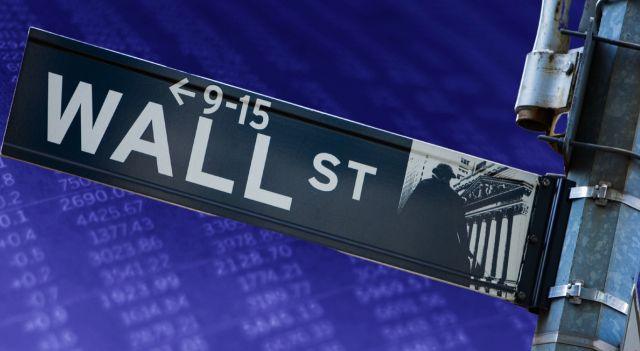The major U.S. index futures are currently pointing to a modestly higher open on Tuesday, with tech stocks likely to see further upside after leading the markets higher last Friday.
Shares of Nvidia (NASDAQ:NVDA) are surging by 3.0 percent in pre-market trading, as the AI darling seems poised to continue to benefit from last week’s upbeat earnings news.
Nvidia reported better than expected fiscal first quarter results and provided upbeat guidance while also announcing a ten-for-one stock split and increasing its quarterly cash dividend by 150 percent to $0.10 per share.
The S&P 500 futures are also inching up by 0.1 percent, although the Dow futures are edging down by 0.1 percent. The blue chip index may continue to underperform after pulling back sharply last week.
Overall trading activity may be somewhat subdued, however, as traders look ahead to the release of key inflation data later this week.
On Friday, the Commerce Department is due to release its report on personal income and spending in the month of April, which includes readings on inflation said to be preferred by the Federal Reserve.
The inflation data could have a significant impact on the outlook for interest rates ahead of the Fed’s next monetary policy meeting on June 11-12.
In an interview with CNBC this morning, Minneapolis Fed President Neel Kashkari said he needs to see “many more months of positive inflation data” before he would consider cutting interest rates.
Kashkari, who does not have a vote on the rate-setting Federal Open Market Committee this year, also said he could not rule out raising interest rates if inflation fails to slow.
Following the downturn seen over the course of last Thursday’s session, stocks showed a strong move back to the upside during trading on Friday. The tech-heavy Nasdaq led the rebound, surging to a new record closing high.
The Nasdaq jumped 184.76 points or 1.1 percent to 16,920.94 and the S&P 500 climbed 36.88 points or 0.7 percent to 5,304.72, while the narrower Dow ended the day roughly flat, inching up just 4.33 points or less than a tenth of a percent to 39,069.59.
While the Nasdaq shot up by 1.4 percent for the week, the S&P 500 was nearly unchanged and the Dow tumbled by 2.3 percent.
The rebound on Wall Street came as traders looked to pick up stocks at somewhat reduced levels following the downturn seen on Thursday, which saw the Dow post its worst daily drop since March 2023.
The weakness that emerged on Wall Street on Thursday came as a positive reaction to earnings news from Nvidia was overshadowed by lingering concerns about the outlook for interest rates.
On the U.S. economic front, the Commerce Department released a report showing an unexpected increase in durable goods orders in the month of April, although the growth came following a significantly downwardly revised jump in March.
The report said durable goods orders climbed by 0.7 percent in April following a downwardly revised 0.8 percent advance in March.
Economist had expected durable goods orders to decrease by 0.8 percent compared to the 2.6 percent surge originally reported for the previous month.
Excluding orders for transportation equipment, durable goods orders rose by 0.4 percent in April after coming in unchanged in March. Ex-transportation orders were expected to inch up by 0.1 percent.
A separate report released by the University of Michigan showed consumer sentiment in the U.S. deteriorated slightly less than previously estimated in the month of May.
The report said the consumer sentiment index for May was upwardly revised to 69.1 from the preliminary reading of 67.4. Economists had expected the index to be unrevised.
Despite the upward revision, the consumer sentiment index still fell sharply from 77.2 in April, slumping to its lowest level since hitting 61.3 last November.
Meanwhile, the report showed year-ahead inflation expectations increased by much less than previously estimated, inching up to 3.3 percent in May from 3.2 percent in April.
The University of Michigan had previously reported year-ahead inflation expectations jumped to 3.5 percent, although the downwardly revised figure still represents the highest level since hitting 4.5 percent last November.
The revised data also showed long-run inflation expectations held steady at 3.0 percent for the second straight month compared to the previously reported uptick to 3.1 percent.
Semiconductor stocks showed a significant move to the upside on the day, driving the Philadelphia Semiconductor Index up by 1.9 percent to a new record closing high.
Chipmaker Nvidia shot up by 2.6 percent, extending the surge seen on Thursday following the AI darling’s strong quarterly results.
Computer hardware and networking stocks also turned in strong performances, contributing to the jump by the tech-heavy Nasdaq.
Considerable strength was also visible among brokerage stocks, as reflected by the 1.8 percent gain posted by the NYSE Arca Broker/Dealer Index.
Gold, housing and airline stocks also saw notable strength on the day, while most of the other major sectors showed more modest moves.
